Cabinet Composition
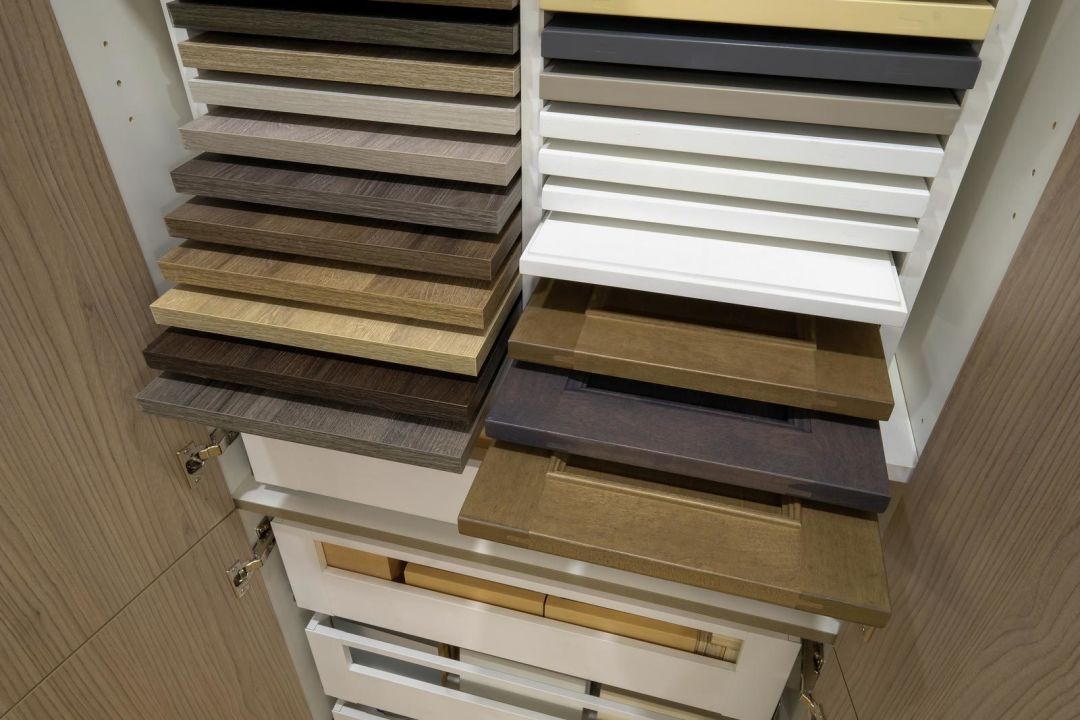
When it comes time to add or upgrade the cabinetry in your home, one of your first decisions will be what your cabinets will be made of. The cabinet industry currently relies on four primary materials: plywood, particleboard, medium-density fiberboard (MDF) and high-density fiberboard (HDF). Each material affects the outcome of the cabinet itself and the project as a whole, including variations in finish, style, durability and, of course, cost.
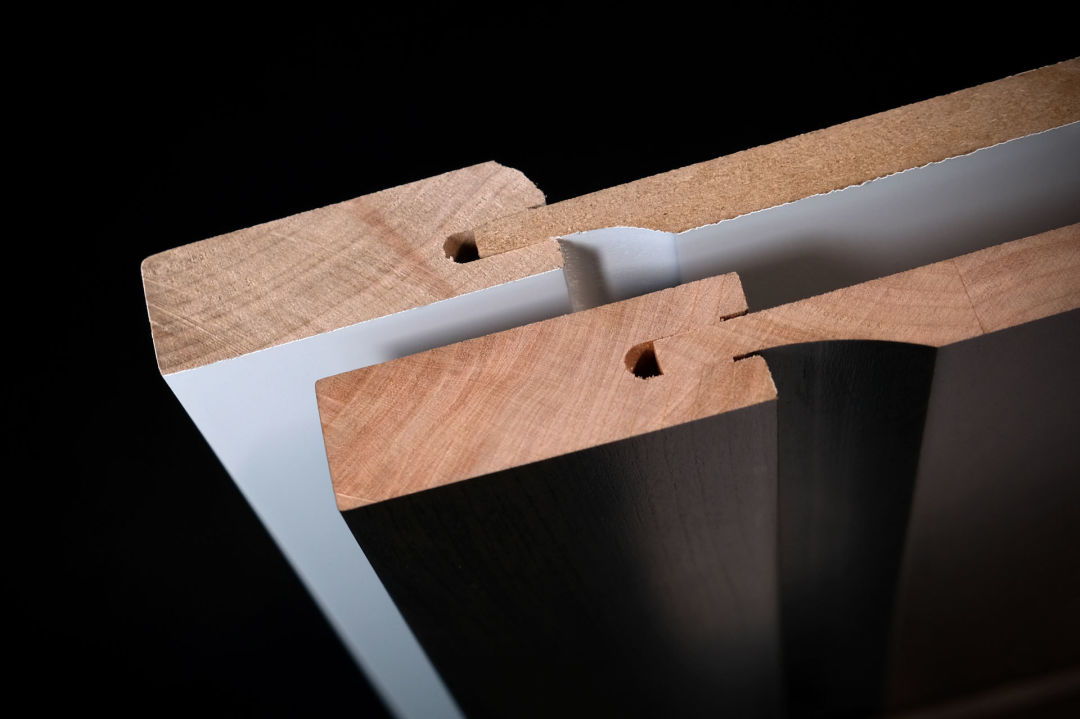
PLYWOOD
You probably have a basic idea of plywood, a material composed of multiple layers of wood veneer (“ply”) that have been glued, heated and compressed together using alternating grain direction (“cross-graining”). It’s this cross-graining technique that makes plywood strong enough to use in cabinet construction.
Still, plywood quality can vary widely, depending first and foremost on the source of the ply. Plywood veneer may be sourced domestically or imported. Plywood made from imported materials may be less expensive, but the quality is also less predictable.
These days, plywood cabinets are typically laminated on the interior, while the exteriors more recently are being finished with MDF veneer, which allows for a smoother, more consistent, paintable surface.
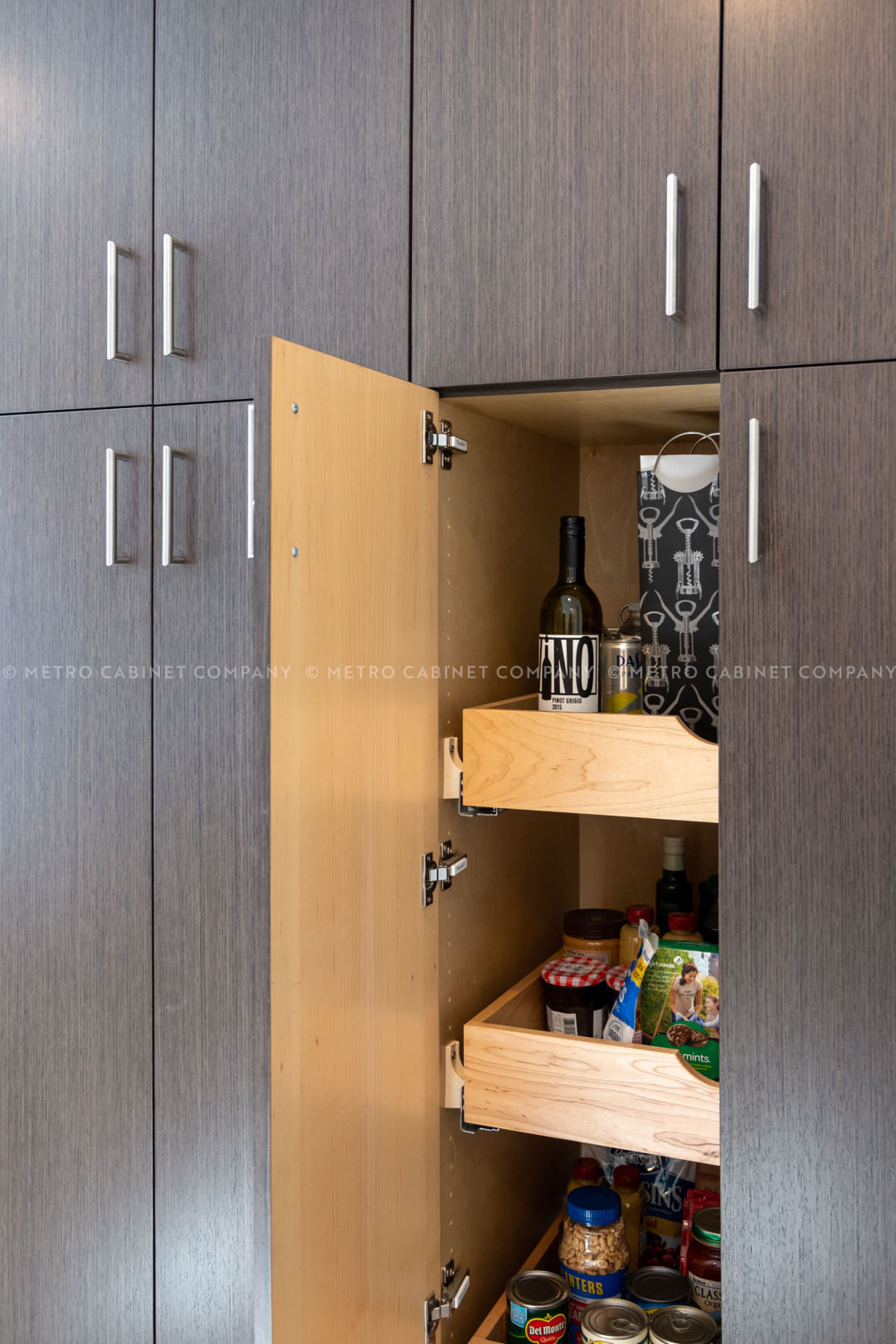
PARTICLEBOARD
Particleboard, also sometimes called “low-density fiberboard,” is made from various manifestations of small wood pieces—chips, shavings and/or sawdust—frequently leftover from other manufacturing processes. The wood pieces are mixed with a binding resin and compressed to form a rigid panel. Because it uses recycled wood materials, particleboard is a popular cost-efficient product worldwide.
Like plywood, particleboard cabinets are typically finished on the interior with a laminate, with popular exteriors featuring melamine in white or maple.
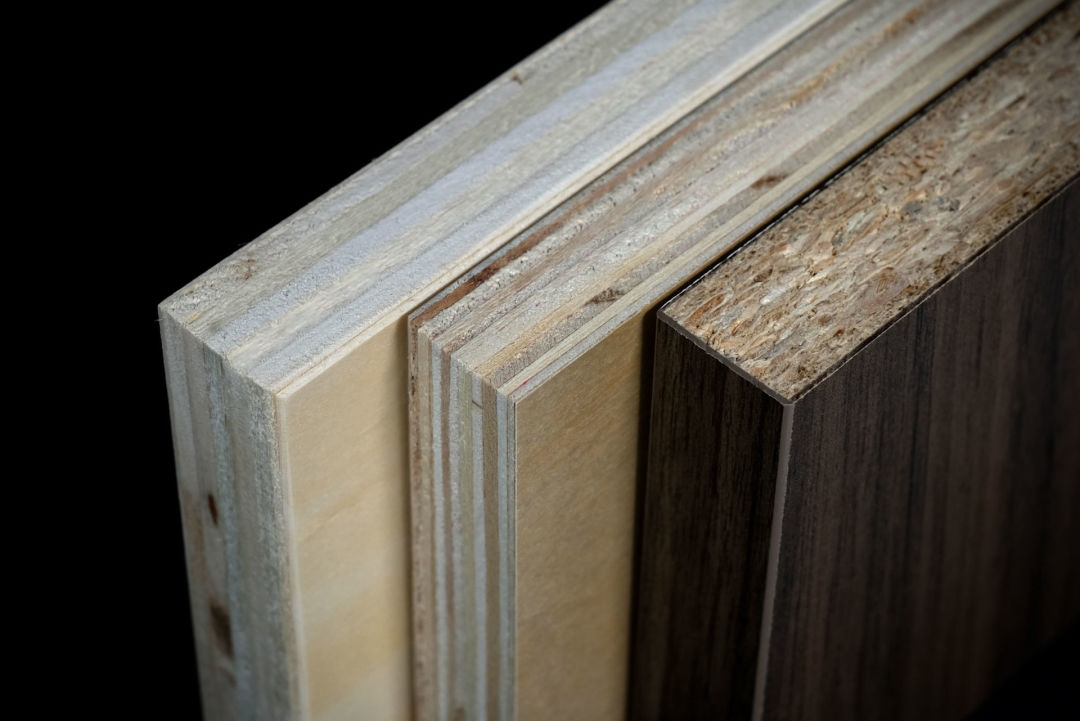
MDF/HDF
As follows, MDF and HDF are progressively denser and stronger versions of particleboard, allowing these tempered materials to better withstand humidity and avoid warping or shrinking.
The smooth, flat surface make MDF and HDF the industry standard for panel doors and painted finishes, meaning that cabinets can be made of solid MDF/HDF without the need for veneer; paint takes beautifully to an MDF surface. So an investment in MDF saves a step with finishing. Likewise, Shaker-style doors are these days made with MDF flat panels and MDF (or sometimes wood) rails and styles. That being said, MDF would not typically be used with stain.
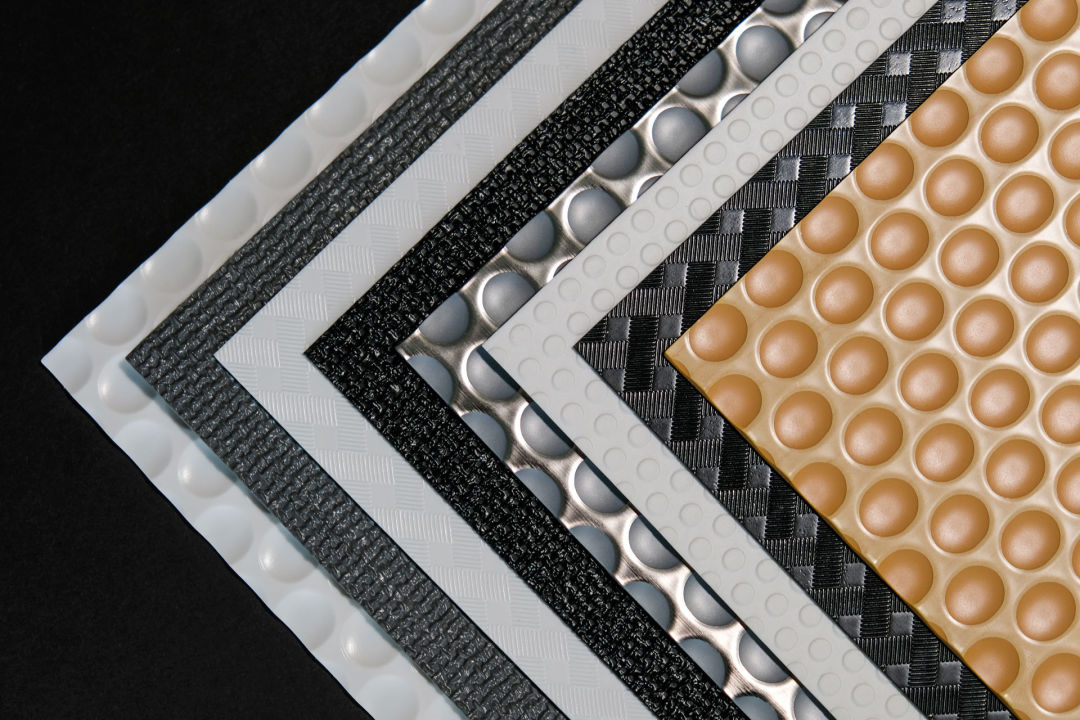
With so many variables involved in just this one decision, it’s important to consult an industry expert who can walk you through the possible cabinet materials that would best suit your needs, your space, your style and your budget.
Metro Cabinet Company
Address: 2095 Siesta Dr, Sarasota, FL 34239
Phone: (941) 377-8777
https://metrocabinetcompany.com/